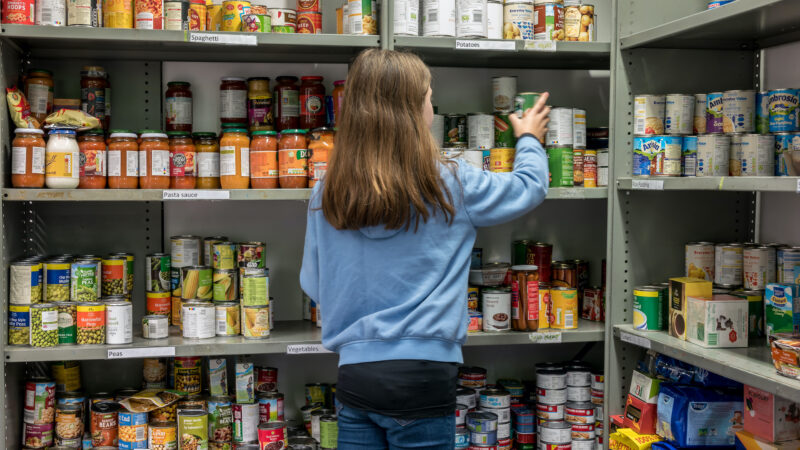
Inflation is at a near 30-year high. According to the Office for National Statistics (ONS), inflation hit 5.4% in December, a figure not reached since March 1992. As bad as this snapshot seems, however, it does not come close to reflecting the hardship facing low-income households. Families choosing between eating and heating, or making the trip down to their local food bank, may feel the 5.4% figure a laughably low number. The metrics we choose to use to track the rise in our daily costs, and whether the resulting figure is a useful marker, matter.
The primary measure of inflation used by the ONS is the Consumer Price Index (CPI). CPI examines the weighted average of prices of a theoretical basket of consumer goods and services. It calculates the average price increase of 700 such items from 120,000 retail outlets. Unfortunately, as with any average, it does not mean anything to any one person in particular. It also includes some pretty bizarre things for those on the sharp end of the economic spectrum: the cost of a caravan, champagne, an acoustic guitar, a flower vase and a cycle helmet, for example.
As campaigner Jack Monroe has argued, it is a “blunt and darkly comical tool” to measure inflation in a country where 2.5 million people have used a food bank in the last year. People spend a different proportion of their available cash on different types of products – and this has an impact on the price rises that a person sees. If you spend half of your available income on food, which has risen at a faster rate than other items, the inflation you feel will be much greater than the basket-wide 5.4% average.
This average is not good enough, then, for actually measuring how poorer people are struggling in the face of rapidly surging prices. For people who have very little ‘disposable’ income, the increase in prices on non-discretionary items like food and fuel is felt much more. When the cost of theatre tickets or a meal out go up, these are luxuries that people can afford to ditch. That is not the case with your essentials. The average is helpful as a metric for economists looking at national trends, but more helpful in tracking the economic health of hedge funds than low-income households.
After Monroe spent a decade of writing and campaigning on this issue, the ONS announced last week that it will change the way it looks at inflation. The body will still publish the monthly CPI measure, but it has announced that it will also produce more detailed “experimental statistics” reflecting the different proportion of income people spend on different items, such as gas and electricity or petrol if you commute to work, for example. Tweeting after the announcement, Monroe said the shift “has the potential to kickstart an avalanche of change”.
Writing in The Observer last week, she explained that she is working with a team of economists, charitable workers, analysts and ex-ONS staff to compile a new index: “One that will document the disappearance of the budget lines and the insidiously creeping prices of the most basic versions of essential items at the supermarket. At the very least, it will serve as an irrefutable snapshot of the reality experienced by millions of people. At its best, it may be a warning shot to retailers who keep their £7.50 ready meals and £6 bottles of wine at £7.50 and £6 for a decade, while quadrupling the price of basic stock cubes and broken irregular grains of white rice.”
The ONS change is undoubtedly a positive one. Experts such as Resolution Foundation chief executive Torsten Bell have said so. And for people across the labour movement, a shift to a more fine-grained measure of inflation, better reflecting the burden on the most vulnerable households, should bolster calls for one much-needed change made by trade unions, MPs, charity workers, local government figures: to make it a legal right for people to have access to food. As much as Marcus Rashford’s free school meals campaign should be lauded, making sure hungry children get fed should be something protected in law and the government should not have to be publicly shamed to ensure working people can afford the bare essentials.
But we must face the reality. After a decade of Tory policy, the poverty rate among working households hit a record-high this century at 17.4% last year. And the government shows no sign of veering away from its attack on the poorest – as betrayed by the £20-per-week cut to Universal Credit last year and the planned National Insurance contributions hike in April. As we now face rapid inflation and the battle to shed light on the hardship facing the most vulnerable continues, the change announced by the ONS should be welcomed. Anything to help hold up the mirror.




More from LabourList
LabourList Christmas quiz 2025 round 4: Christmas Connects
EXCLUSIVE: A Christmas message from Hollie Ridley
‘Carol of the Bells: Christmas, Ukraine’s resistance and the fight for freedom’